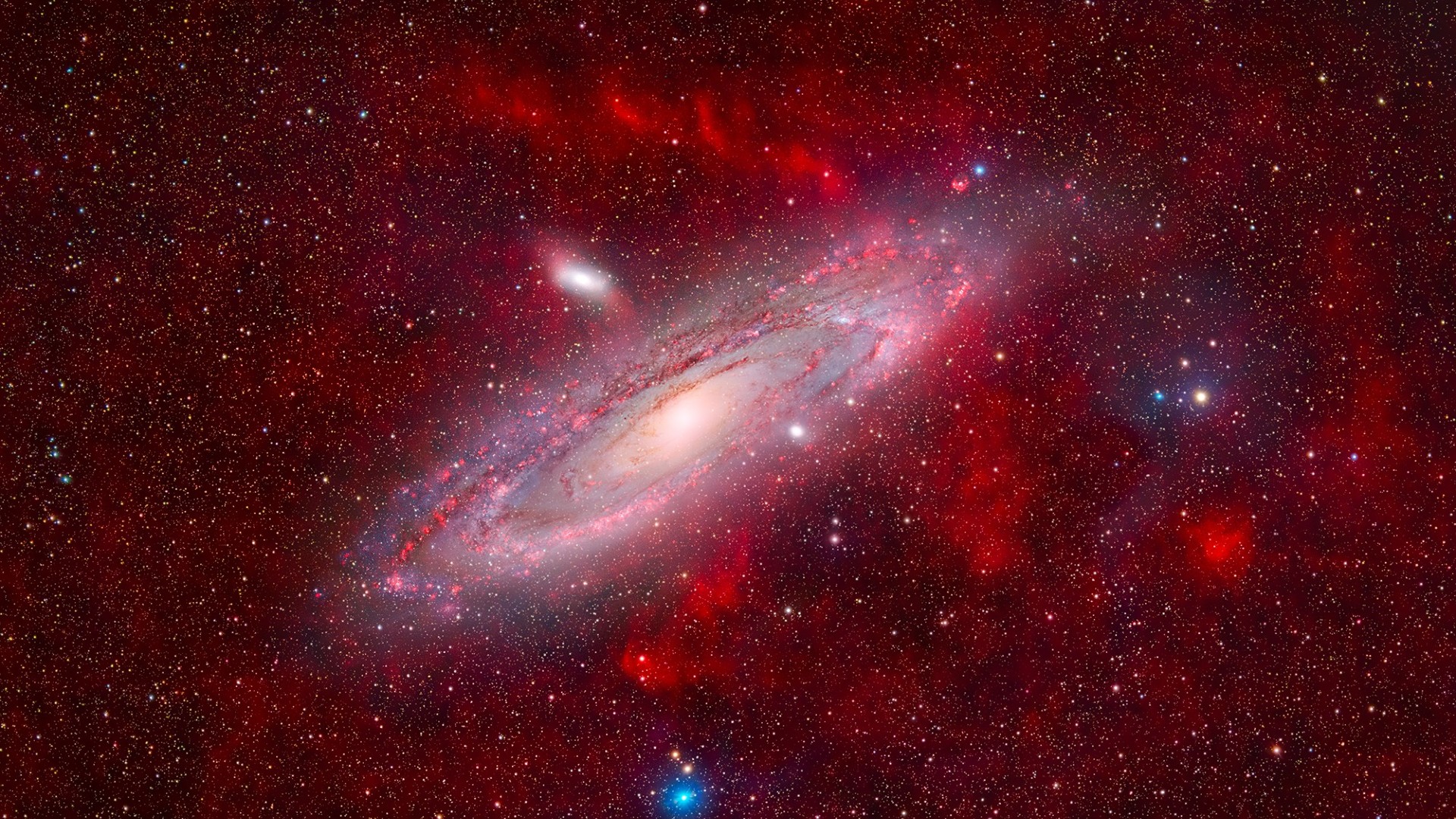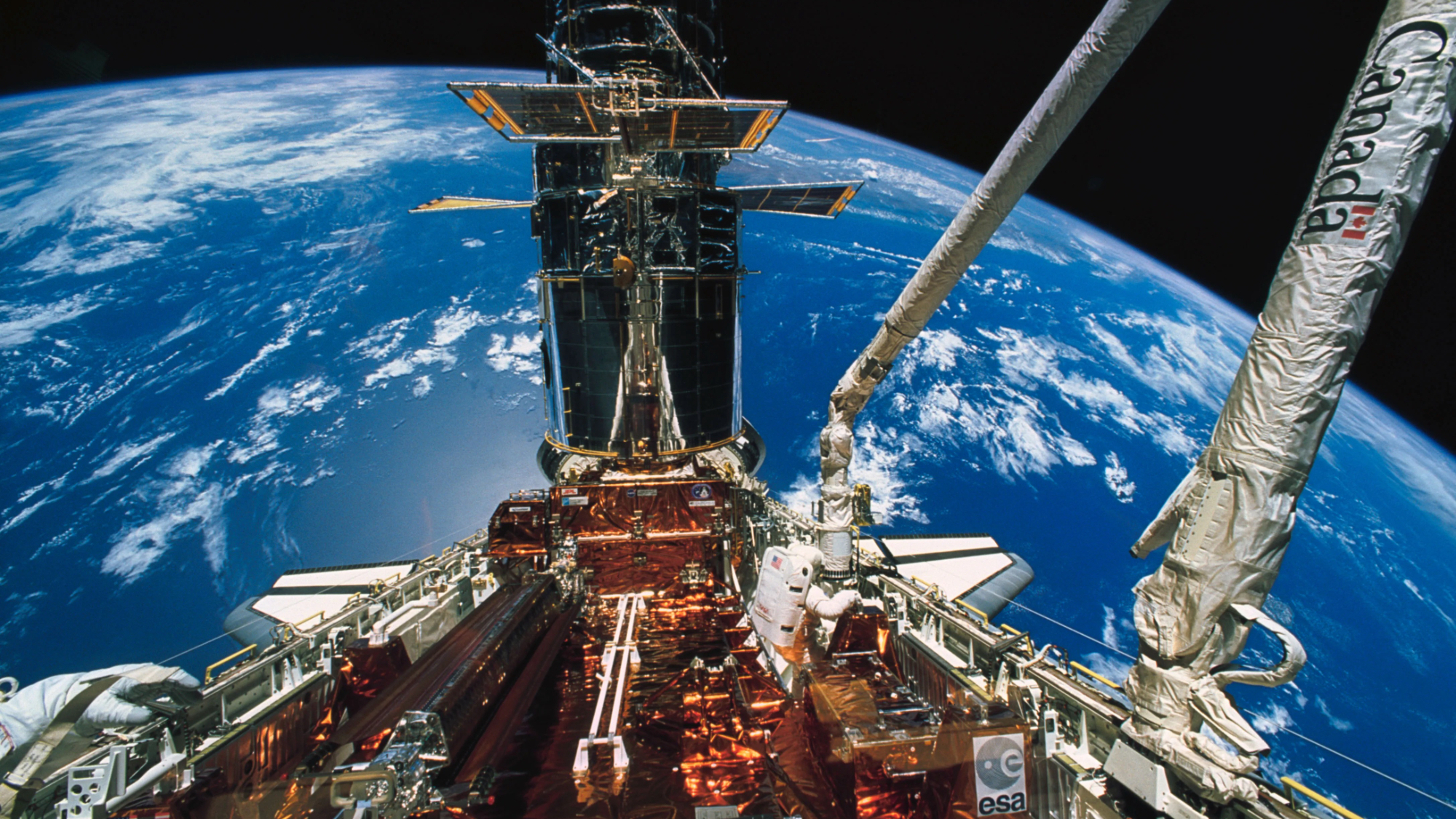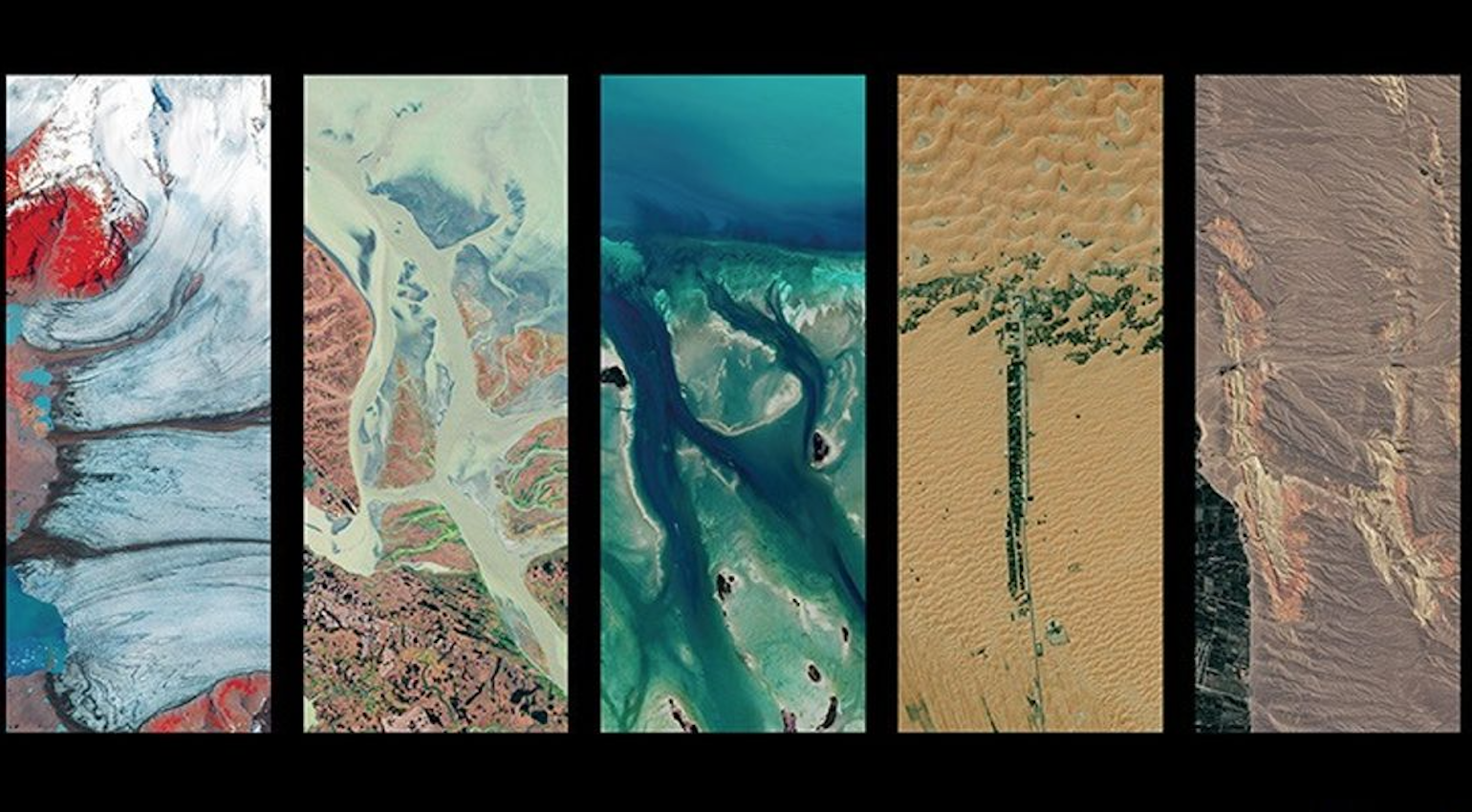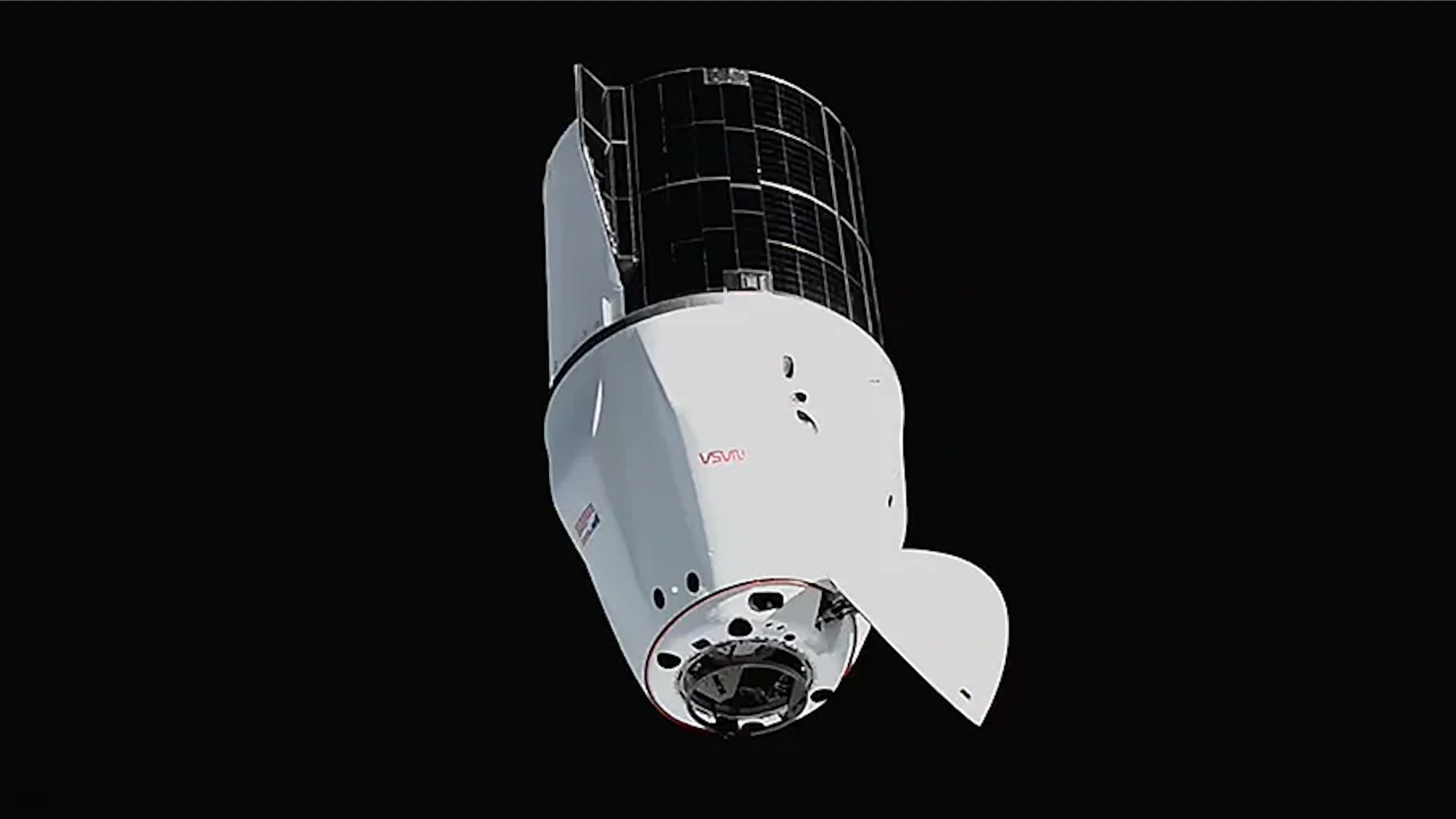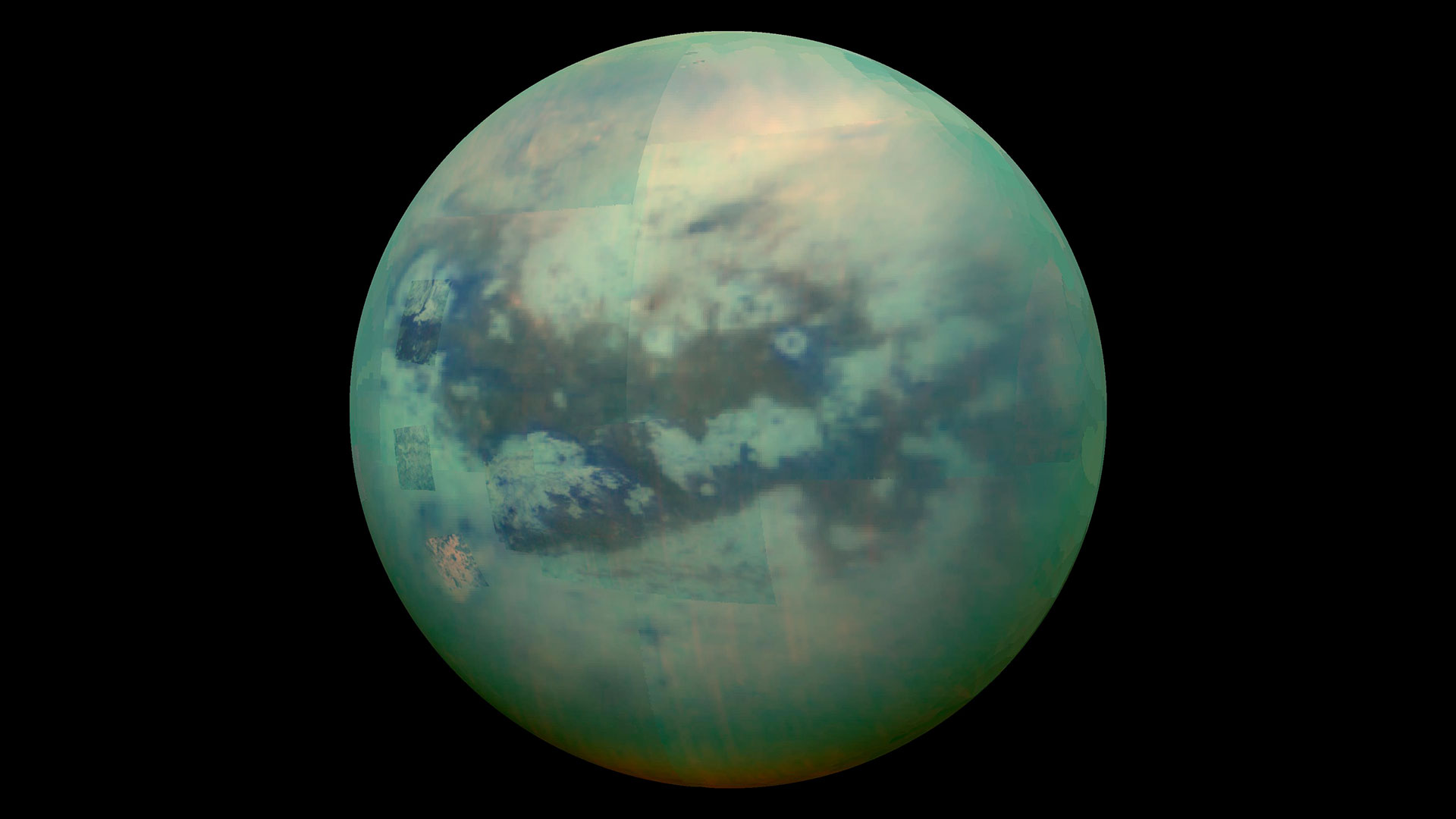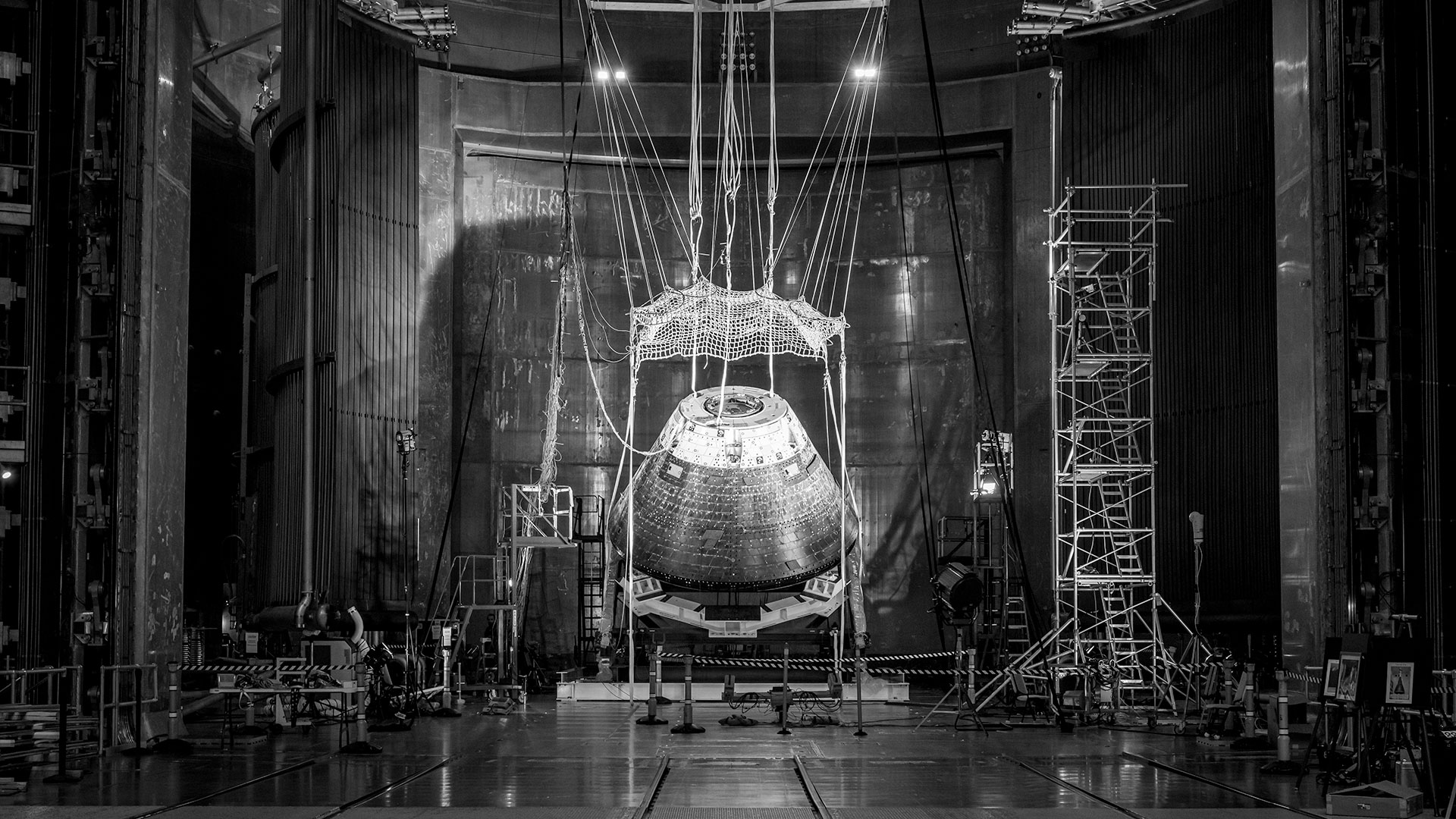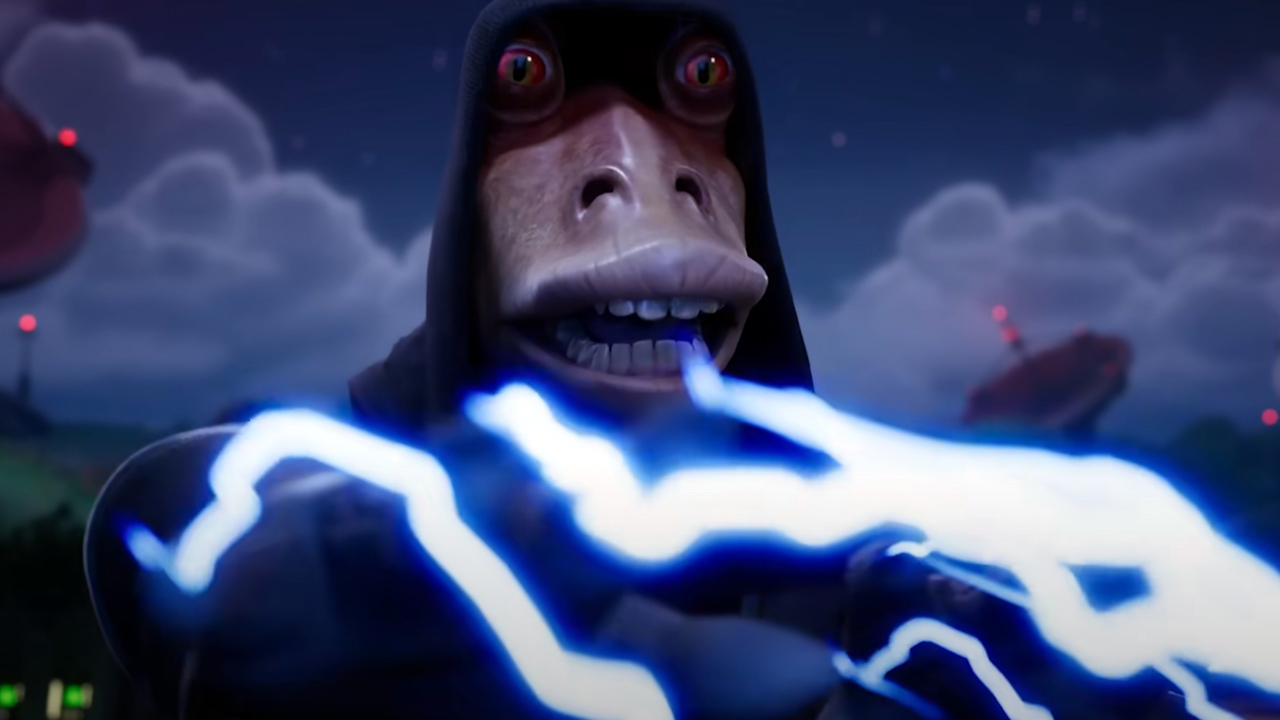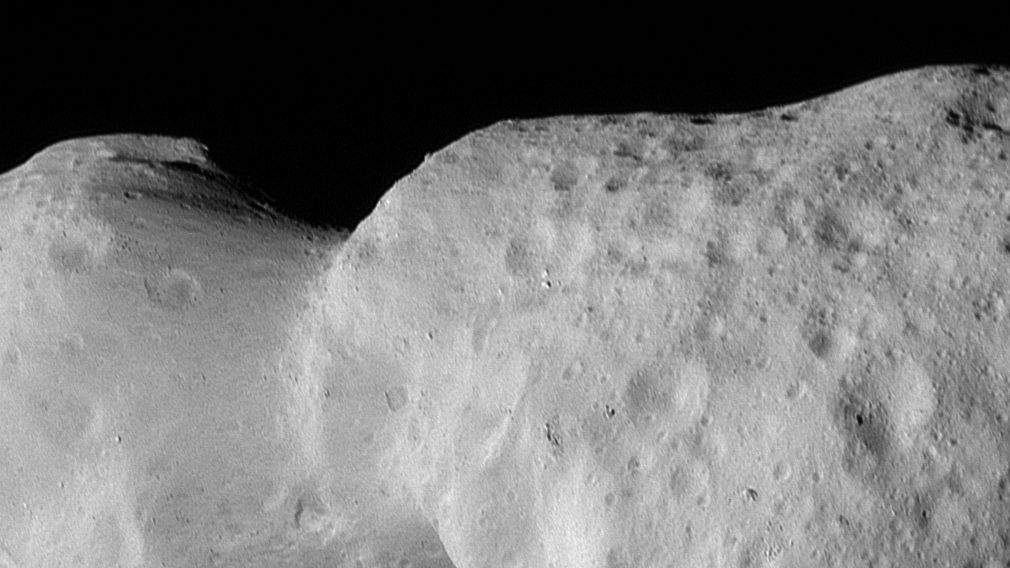Watch India attempt its 1st space docking between satellites live this week after delays
The Indian Space Research Organization's twin SpaDeX satellites will try to dock in orbit on tonight at around 9:30 p.m. EST (0230 Jan. 9 GMT/0800 IST).
India is now aiming to attempt its first-ever docking in space no earlier than Thursday (Jan. 9) after delays, and you'll be able to watch the action live as it happens.
Twin satellites, built by the Indian Space Research Organization (ISRO), were expected to link up in low Earth orbit on Wednesday night in a docking to be broadcast on a free livestream by ISRO. But the docking appears on hold for now.
The Space Docking Experiment, or SpaDeX, satellites launched into space on Dec. 30 and was initially scheuled on Jan. 6, but ISRO postponed the orbital rendezvous to allow more time for checks. "The docking process requires further validation through ground simulations based on an abort scenario identified today," ISRO officials wrote in a mission update on the social media site X at the time.
A new docking time was set for late Wednesday (Jan. 8) Eastern time (it would be Jan. 9 at SpaDeX's ISRO control center in India, but an issue arose during rendezvous operations.
"While making a maneuver to reach 225 [meters] between satellites the drift was found to be more than expected, post non-visibility period," ISRO officials wrote in an update on X. "The planned docking for tomorrow is postponed. Satellites are safe."
India's SpaDeX mission is the country's first demonstration of the automated docking system ISRO will use to link spacecraft in orbit around Earth and the moon. The company hopes to launch its Chandrayaan-4 sample return mission to the moon's south pole by 2028, then build a space station for astronauts in orbit around the moon by 2040.
Both moon projects will require automated docking technology. The Chandrayaan-4 mission must dock a sample return capsule to a craft for the trip back to Earth, while the modules of India's planned Bharatiya Antariksha Station will need docking ports for visiting crews or cargo ships. Similar technology was developed by NASA, Russia, China, Japan and the European Space Agency for their respective space station and moon missions.
Get the Space.com Newsletter
Breaking space news, the latest updates on rocket launches, skywatching events and more!
SpaDex will use a Chaser and Target spacecraft, each of which weighs 485 pounds (220 kilograms), to test orbital rendezvous and docking while flying 290 miles (467 kilometers) above Earth. The test "will mark India’s entry into the exclusive league of nations capable of mastering space docking," India's Minister of State for Science and Technology Jitendra Singh said in a statement before launch.

🇮🇳 #RRM_TD, India's first space robotic arm, is in action onboard #POEM4! A proud #MakeInIndia milestone in space robotics. 🚀✨ #ISRO #SpaceTech pic.twitter.com/sy3BxrtRN1January 4, 2025
ISRO is also testing other space station technologies on the SpaDeX mission. The Polar Satellite Launch Vehicle that launched the twin satellites also carried a suite of other experiments for ISRO, universities and commercial ventures on a platform called POEM-4. Among them is a small "walking" robotic arm that can crawl across a spacecraft's exterior, much like the Canadarm2 robot arm on the International Space Station.
"India's first space robotic arm, is in action onboard POEM-4!" ISRO officials said on Jan. 4. in a X post along with a video of the arm being tested.
Editor's note: This story was updated on Jan. 8 to reflect the new docking delay for India's SpaDeX spacecraft.
Join our Space Forums to keep talking space on the latest missions, night sky and more! And if you have a news tip, correction or comment, let us know at: community@space.com.

Tariq is the Editor-in-Chief of Space.com and joined the team in 2001, first as an intern and staff writer, and later as an editor. He covers human spaceflight, exploration and space science, as well as skywatching and entertainment. He became Space.com's Managing Editor in 2009 and Editor-in-Chief in 2019. Before joining Space.com, Tariq was a staff reporter for The Los Angeles Times covering education and city beats in La Habra, Fullerton and Huntington Beach. In October 2022, Tariq received the Harry Kolcum Award for excellence in space reporting from the National Space Club Florida Committee. He is also an Eagle Scout (yes, he has the Space Exploration merit badge) and went to Space Camp four times as a kid and a fifth time as an adult. He has journalism degrees from the University of Southern California and New York University. You can find Tariq at Space.com and as the co-host to the This Week In Space podcast with space historian Rod Pyle on the TWiT network. To see his latest project, you can follow Tariq on Twitter @tariqjmalik.

